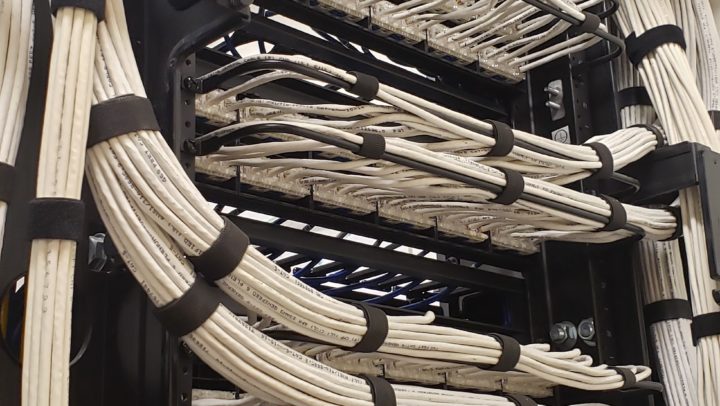
IDF Racks and IT Equipment Installation: Optimizing Your Network Infrastructure with Progressive Office Cabling
At Progressive Office Cabling, we provide expert IDF rack and IT equipment installation services designed to streamline your network operations. Whether you're a small business setting up a new office or a large enterprise upgrading your existing infrastructure, our experienced team ensures your IT systems are organized, secure, and built to handle future growth.
What Are IDF Racks?
IDF racks play a crucial role in modern IT infrastructures, especially in larger buildings or campuses where multiple floors or departments require their own dedicated network connections. An Intermediate Distribution Frame (IDF) is a network rack or closet that serves as a secondary hub for routing network traffic from the main distribution frame (MDF) to individual users within a specific area or floor.
These racks house a variety of network and telecommunications equipment, such as switches, patch panels, and routers, enabling seamless connectivity across your entire business environment. Properly installed IDF racks help organize cables, reduce clutter, and ensure smooth network operations by distributing data efficiently throughout your facility.
Why Proper IDF Rack Installation is Crucial
A well-planned and properly installed IDF rack can have a significant impact on the performance, reliability, and maintenance of your network infrastructure. Here are some key reasons why investing in professional IDF rack installation is essential:
Improved Organization and Cable Management: Properly installed IDF racks help organize your cables and equipment, reducing clutter and confusion. This organized setup allows for easier identification of connections and simplifies troubleshooting, minimizing downtime.
Efficient Space Utilization: IDF racks optimize the use of space by consolidating your networking equipment into a single, organized area. This not only frees up valuable office space but also ensures that your equipment is stored safely and securely.
Enhanced Network Performance: With a well-organized and properly installed IDF, your network can perform at its best. By efficiently distributing data across different areas of your business, you can ensure consistent and reliable connectivity for all your employees.
Reduced Downtime and Maintenance: Well-maintained IDF racks make routine maintenance and troubleshooting easier and faster, reducing potential downtime. With organized cables and easily accessible equipment, technicians can quickly identify and address any issues.
Scalability: As your business grows, your IT infrastructure needs to grow with it. A properly installed IDF rack makes it easier to scale up your network by adding additional equipment and connections without significant disruption.
Key Components of an IDF Rack
When it comes to IDF rack installation, several components work together to ensure that your network runs smoothly. These include:
Patch Panels: Patch panels serve as connection points between network cables and equipment. They organize and centralize your cable connections, making it easier to manage and troubleshoot your network.
Network Switches: Network switches connect devices within your local area network (LAN). They play a key role in distributing data traffic between computers, servers, and other devices.
Cable Management Systems: Effective cable management is critical for maintaining a clean, organized, and accessible network infrastructure. Cable management solutions, such as trays, ties, and conduits, help keep cables organized and protected from damage.
Cooling Systems: Maintaining optimal temperatures in your IDF rack is essential to prevent overheating and ensure the longevity of your equipment. Cooling solutions, such as fans and ventilation systems, help regulate temperature and airflow.
At Progressive Office Cabling, we customize IDF rack installations to suit the unique requirements of your business. Whether you need to install patch panels, switches, or implement advanced cooling systems, we design solutions that ensure the long-term success and reliability of your network.
Structured Cabling for IDF Racks
A key part of IDF rack installation is structured cabling. Without an efficient cabling system, your network can become chaotic, leading to operational issues and maintenance challenges. Structured cabling provides a standardized approach to cable management, ensuring that your infrastructure is organized and easy to maintain.
Our team at Progressive Office Cabling offers comprehensive structured cabling solutions, from the design phase through installation. We use high-quality cabling materials and follow industry best practices to ensure that your IDF racks are installed efficiently, with proper cable routing, labeling, and management to support your IT needs.
Expert Installation from Progressive Office Cabling
At Progressive Office Cabling, we take a comprehensive approach to IDF rack and IT equipment installation. From the initial design to the final installation and testing, we ensure that every aspect of your network infrastructure is optimized for performance, reliability, and scalability.
Our services include:
Site assessment and consultation: We assess your facility’s layout and infrastructure needs to design a customized solution that fits your requirements.
Equipment installation: We install all necessary equipment, including patch panels, switches, routers, and cable management systems, ensuring a clean and organized setup.
Structured cabling: We provide expert structured cabling services to support your network’s growth and scalability.
Testing and validation: After installation, we test your network to ensure everything is functioning properly and efficiently.
Future-Proof Your Business with Professional IDF Rack Installation
Investing in a professional IDF rack and IT equipment installation is a critical step toward future-proofing your business. With a properly installed and maintained infrastructure, you can support the growing demands of your business, improve network performance, and minimize the risk of costly downtime.
At Progressive Office Cabling, we bring years of experience and expertise to every installation, ensuring that your network is ready to meet your business’s needs today and in the future.
Contact us today to schedule a site visit and learn how our IDF rack and IT equipment installation services can optimize your network infrastructure!



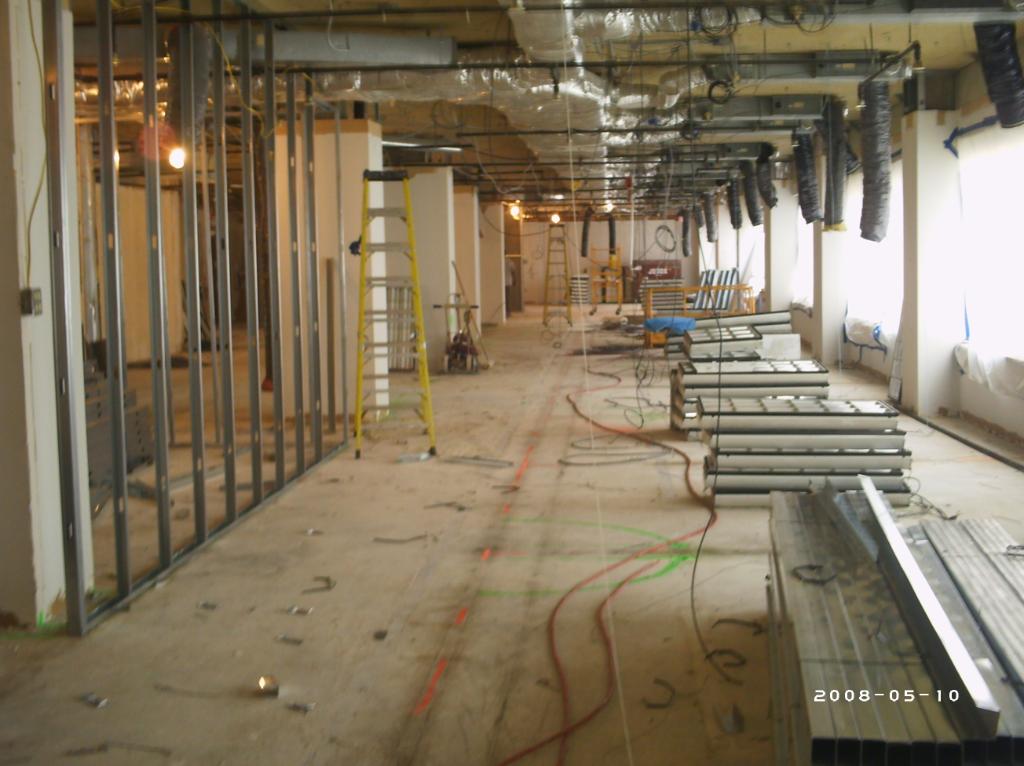
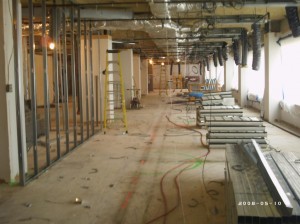 As discussed in Part 1, office space has become very valuable and costly in many cities. Some companies will need to implement space optimization, and designing their
As discussed in Part 1, office space has become very valuable and costly in many cities. Some companies will need to implement space optimization, and designing their 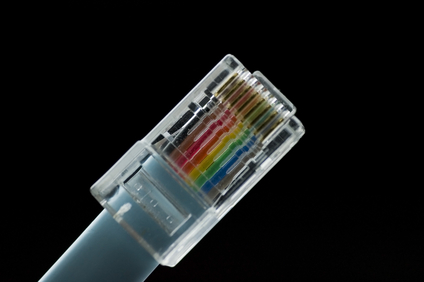
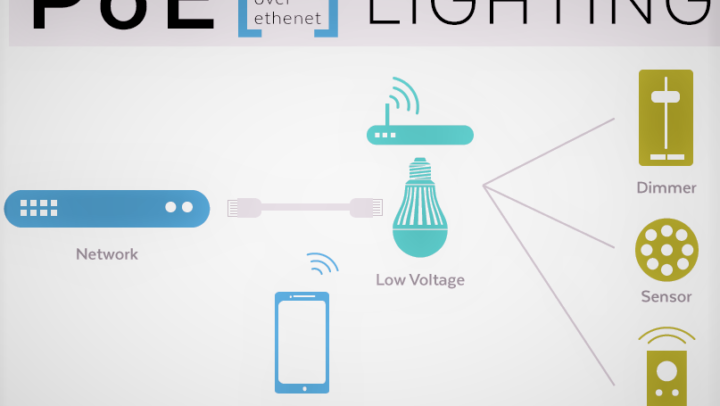
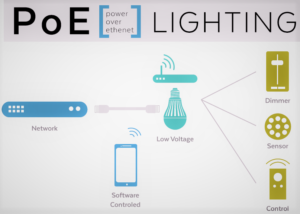 As discussed in Part 1, 2018 is turning into a year with several exciting emerging
As discussed in Part 1, 2018 is turning into a year with several exciting emerging 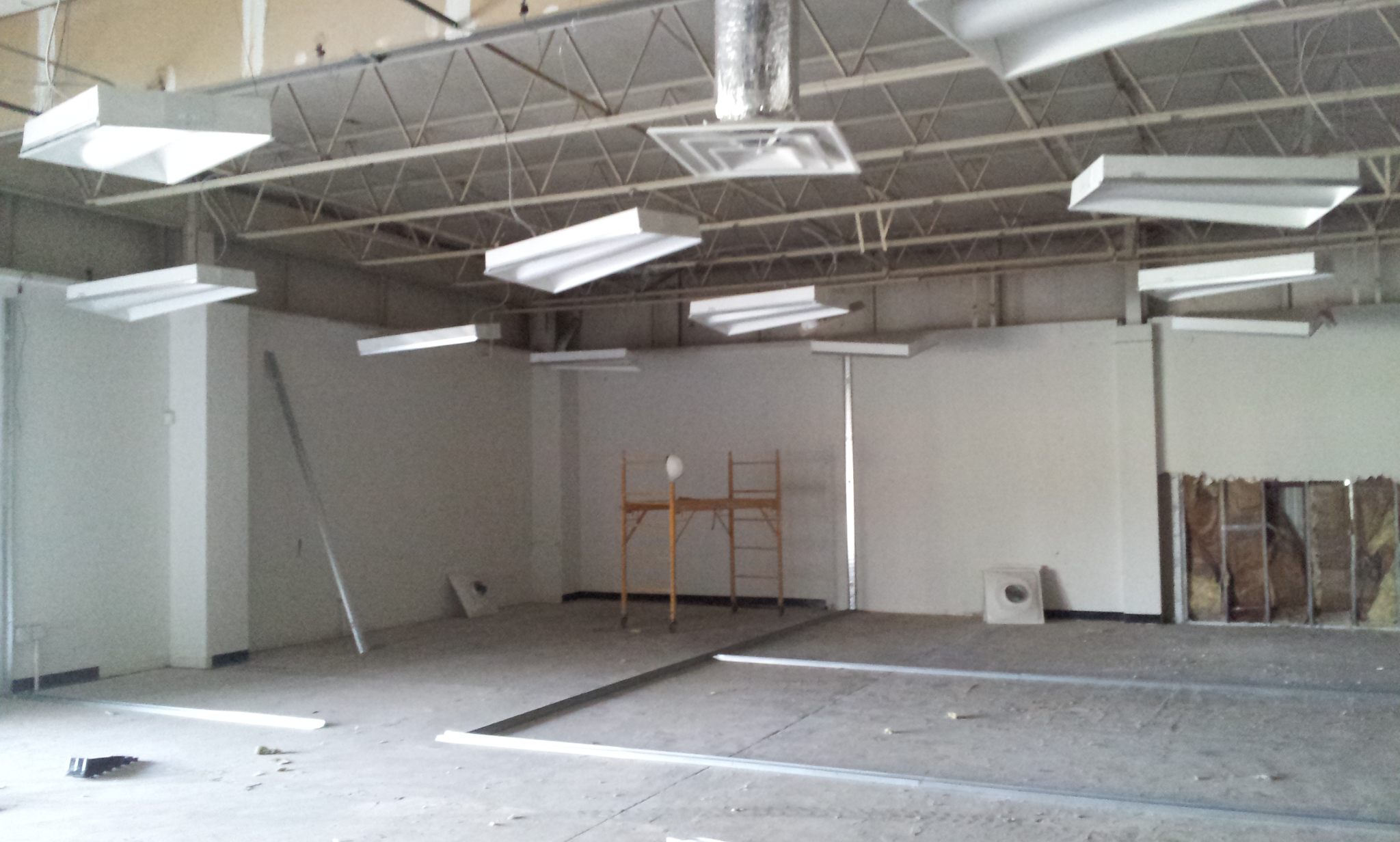
 During the process of selecting a
During the process of selecting a 
 The crossover
The crossover 
